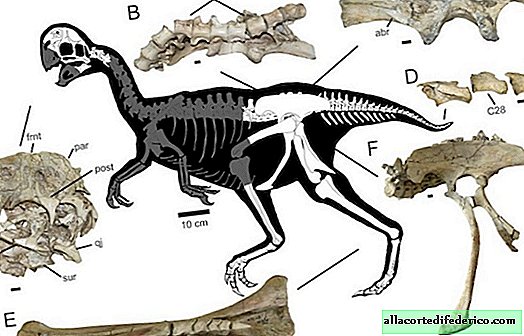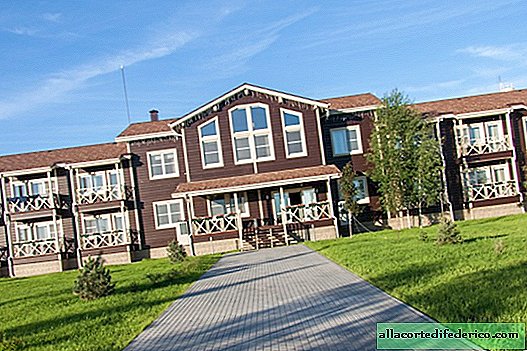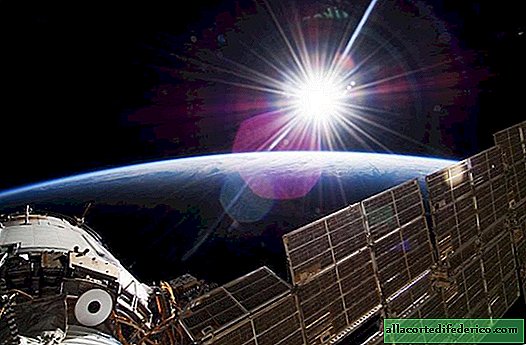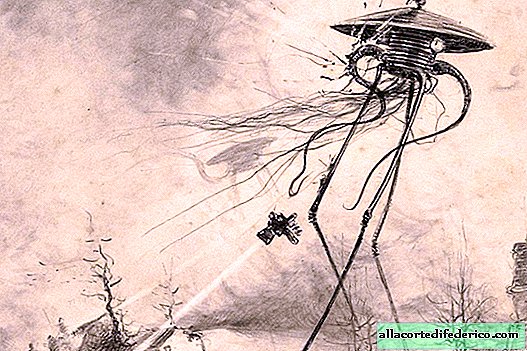In ancient times, a huge asteroid fell on Mars
The surface of Mars still contains many mysteries. And the point is not even whether there were once rivers and lakes (according to the latest data, most likely they were). It has geologically different hemispheres with lowlands in the north and craters and high mountains in the south. In addition, the Red Planet has two small oblong-shaped satellites, as well as outlines that strongly distinguish it from the Earth. Recently, scientists have suggested that the cause of such oddities could be a huge asteroid that crashed into Mars in the early stages of planet formation.
Asteroid Hotels
Astronomers have long thought about these features. More than 30 years ago, scientists proposed the theory of a large meteorite, the fall of which formed the different north and south of Mars. The theory came to be known as the "single blow hypothesis." Other scholars have suggested that such diverse landscapes could be fashioned by erosion, plate tectonics, or ancient oceans.
The single impact hypothesis has had more supporters in recent years, which was facilitated by computer simulations of a meteorite fall.

A team from the University of Colorado and the Tokyo Institute of Technology decided to study the composition of metals in the soil of Mars more carefully in order to try to understand what could be the reason for their appearance. Scientists studied samples of Martian soils and realized that the redundancy of rare metals, such as platinum, osmium and iridium, in the mantle of the planet needs an explanation. Typically, these elements are located in asteroids, that is, they hit Mars in the early period of its history with space “guests”.
But how many guests were there?
North vs South
According to researchers, metals account for about 0.8 percent of the mass of Mars. To understand how large asteroids could bring so much good, scientists used computer simulation. Judging by its results, the situation on Mars is best described by the scenario of a powerful collision with a meteorite about 4.43 billion years ago, followed by a long period of smaller impacts. In this case, the computer model showed an asteroid with a size of at least 1200 kilometers.
The impact of an asteroid of this size could also greatly change the surface of Mars, creating its distinct hemispheres. Moreover, the crust of the northern hemisphere seems to be somewhat younger than the ancient southern highlands, which also confirms the findings of scientists.

Research shows that the asteroid that landed on Mars was about the size of Ceres, one of the largest dwarf planets in the solar system. He tore a piece of the northern hemisphere and “inherited”, leaving behind himself metal elements deep in the planet. From the impact around Mars, a ring of rocky debris also formed, from which, possibly, in the future, the satellites of Mars - Phobos and Deimos were formed. This partially explains why these moons are composed of a mixture of Martian and “non-native” material.

















